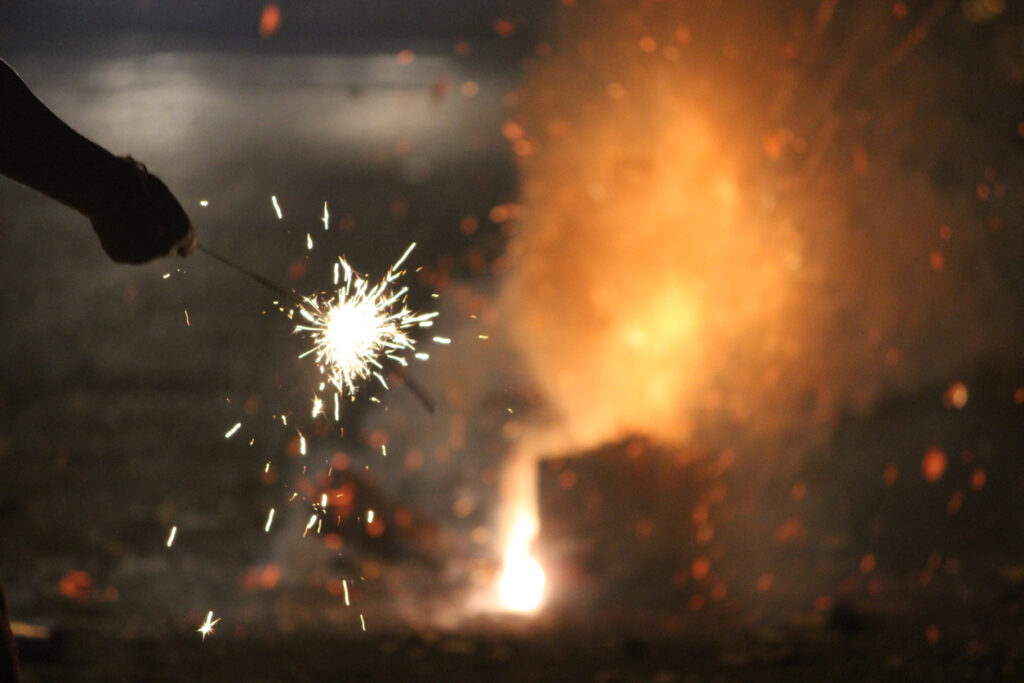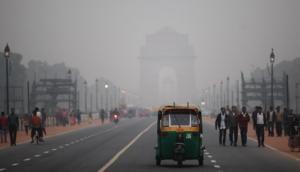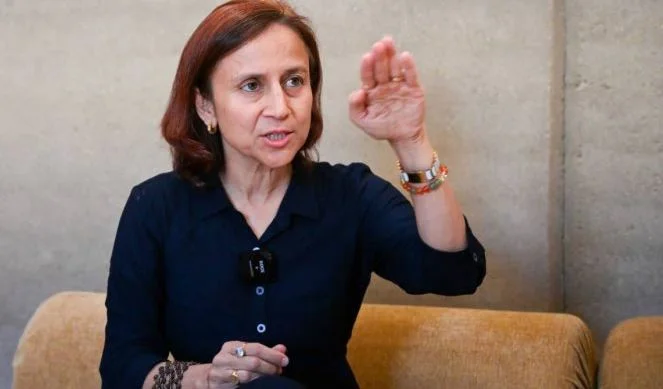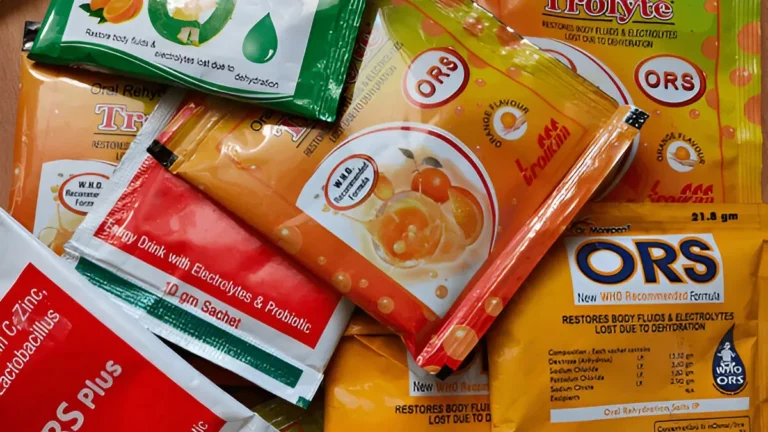
The Cost of Celebration (newsmobile.in)
In the aftermath of Diwali 2025, Delhi’s air quality plummeted to dangerous levels, with pollution metrics reaching record highs across the National Capital Region. The average PM2.5 concentration shot up to 488 µg/m³, marking a 212% increase compared to pre-Diwali levels. The Hindustan Times reported that several monitoring stations recorded AQI values above 400, falling within the “severe” category. The city was engulfed in a thick haze, drastically reducing visibility and triggering a spike in respiratory illnesses.
Firecrackers: The Primary Culprit
Despite restrictions and awareness campaigns, widespread bursting of firecrackers remained the chief cause of the pollution spike. Firecracker emissions were the dominant factor in Delhi’s post-festival air quality collapse. Even though the Supreme Court allowed the use of so-called “green” firecrackers for limited hours, enforcement remained weak. Many citizens ignored guidelines and used conventional fireworks that emit high levels of toxic metals and fine particulate matter.
Meteorological conditions further worsened the pollution crisis. Low wind speeds and a sharp temperature drop trapped pollutants near the surface, preventing their dispersal.
Health Hazards and Public Impact

(peoplesreview.com)
Hospitals reported an increase in cases of breathing difficulties, asthma attacks, eye irritation, and chest congestion. The dense smog blanket disrupted daily life, flights were delayed, road visibility dropped sharply, and residents described the air as “choking.”
In response, the Municipal Corporation of Delhi (MCD) launched extensive cleanup operations. Water sprinklers, and anti-smog guns were deployed across major roads, while firecracker waste was diverted to waste-to-energy (WTE) plants to prevent further open-air burning. The Environment Ministry cautioned that pollution levels would remain in the “very poor” category for several days due to stagnant weather conditions.
Why Diwali 2025 Was Especially Severe
This year’s post-Diwali pollution spike was particularly alarming. Experts attributed this to a mix of meteorological stagnation, weak enforcement of firecracker bans, and the persistence of urban emission sources. Many areas saw continued fireworks long after the permitted hours, nullifying government restrictions and worsening the toxic haze.
To avoid future environmental crises of this scale, experts recommend a multi-pronged approach. Strict enforcement of cracker bans is essential, alongside stronger air-quality monitoring and public alerts. Authorities must also tackle local emission sources by curbing vehicular pollution, enforcing dust control at construction sites, and expanding green infrastructure.
Long-term solutions include promoting electric mobility, cleaner fuels, and sustainable urban planning. Moreover, citizens must take responsibility by avoiding fireworks and open waste burning. Without collective action, Delhi’s post-Diwali air will continue to pose a severe public health threat.
For more updates, stay connected with The World Times.



